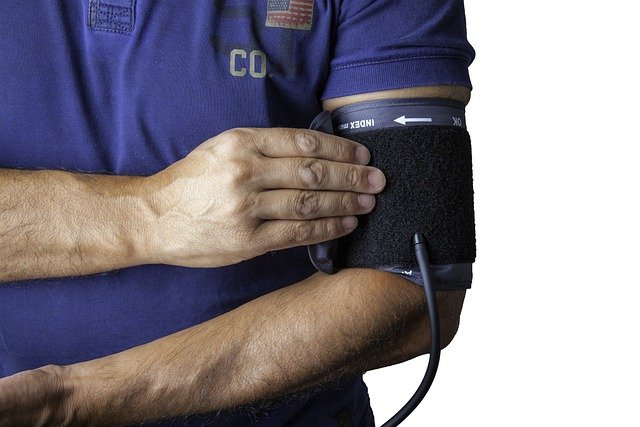Interpreting Screening Results: When to Follow Up
Understanding when to act on screening outcomes helps you balance vigilance with practical care. This brief overview highlights common reasons results prompt followup, how clinicians interpret findings, and what steps you might expect when further assessment is recommended.

Interpreting screening results often requires context: an isolated abnormal value does not always signal disease, while subtle changes across multiple measures may prompt additional assessment. Patients and clinicians weigh factors such as test sensitivity, specificity, individual risk factors, and prior results to decide whether to monitor, repeat testing, or proceed to diagnostic evaluation. Clear communication about what a result means, expected timelines, and next steps reduces anxiety and helps ensure timely followup when it matters.
This article is for informational purposes only and should not be considered medical advice. Please consult a qualified healthcare professional for personalized guidance and treatment.
Screening: What results can indicate
Screening tests are designed to detect potential problems in people without symptoms. A positive screening result may indicate increased risk, a probable abnormality, or rarely a false positive due to test limitations. Conversely, a negative result lowers the likelihood of a condition but does not eliminate it entirely. Interpreting a screen involves assessing pretest probability — the likelihood you had the disease before testing — and how the test performs in your demographic. Discussing positive results with a clinician helps determine whether the finding is actionable or warrants watchful waiting and repeat testing.
When does a preventive checkup need followup?
During routine preventive checkups, clinicians review screening results alongside medical history, family history, and lifestyle factors. Findings that often trigger followup include persistent abnormal blood pressure readings, elevated blood glucose or cholesterol outside expected ranges, unexplained weight loss, or new symptoms identified during review. Followup may be as simple as repeating a test to confirm a transient change, or as involved as referral for specialized diagnostics. Scheduling a followup visit is guided by urgency, potential risks, and guideline-based recommendations for that specific finding.
How do diagnostics and testing differ in purpose?
Screening and diagnostic testing serve different roles. Screening aims to identify individuals at higher risk before symptoms appear; diagnostic testing confirms or rules out a suspected condition after a screening abnormality or symptoms. Diagnostic tests are usually more specific and may be more invasive or costly. If a screening test yields an abnormality, the next step is often targeted diagnostic testing to clarify the cause, establish a diagnosis, and guide treatment. Understanding this distinction helps set expectations about the likely pathway after an abnormal screen.
Role of biomarkers in early detection
Biomarkers are measurable indicators — like proteins, genetic markers, or imaging findings — used in screening and diagnostics. In some contexts, a biomarker change can signal early detection of disease, enabling interventions at a stage when outcomes may be better. However, biomarker variability, overlap between healthy and diseased ranges, and population differences mean results must be interpreted carefully. Clinicians consider biomarker trends, repeat measurements, and corroborating tests rather than relying on a single value to determine the need for followup or treatment.
What guidelines shape followup decisions?
Professional guidelines synthesize evidence to recommend when followup testing or referral is appropriate. These guidelines consider test performance, disease prevalence, potential benefits and harms of followup, and age or risk-based thresholds. For example, screening intervals for certain conditions vary by risk group; an abnormal result that is borderline may only need closer monitoring per guideline recommendations. Clinicians use guidelines alongside individualized judgement, balancing standardized thresholds with personal health factors to decide on repeat testing, specialist referral, or conservative monitoring.
Scheduling and assessment considerations for followup
When followup is advised, timing matters. Urgent concerns require prompt scheduling, while low-risk abnormalities may be reassessed at a later interval to detect persistence or resolution. Practical considerations include access to local services, insurance or cost implications, and coordinating additional tests such as imaging or specialty consultations. Clear scheduling plans — including who initiates appointments, expected wait times, and what to do if symptoms change — improve adherence to followup and help prioritize assessments that are most likely to affect outcomes.
Conclusion Interpreting screening results and deciding when to follow up is a process that combines test characteristics, individual risk, clinical guidelines, and practical scheduling considerations. Not every abnormality requires immediate intervention, but timely assessment when indicated supports better management and informed decision-making. Open communication with your care team about the meaning of results and the rationale for followup helps ensure appropriate next steps and reduces uncertainty.





